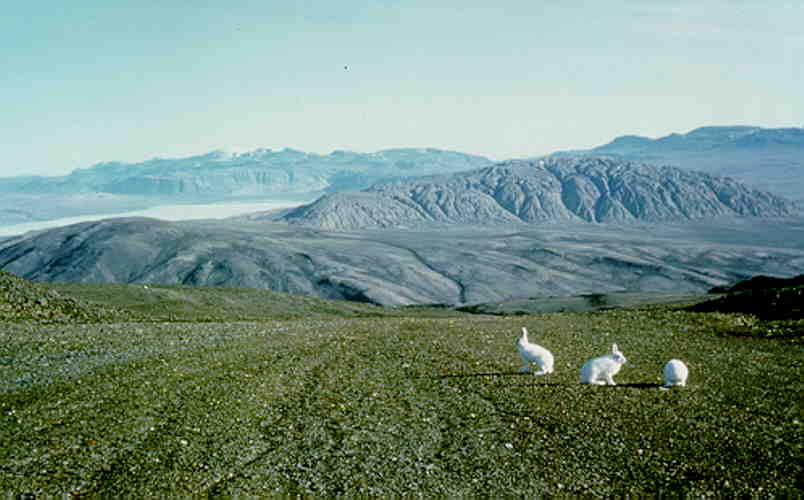Home page: www.treks.org
Table
of Contents "On the road to Kabul and other short stories of treks"
Preface, remembrance of treks past.

Composed satellite picture of the earth from NASA. Click on picture for
table of contents of stories.
In 1974 I
visited my first exotic place, Afghanistan, at that time a mysterious place few
persons had been. It made a big impression on me, incomparable to neighboring
countries like Iran or Pakistan I also passed through during my trip from
Europe to India. Since Afghanistan I have visited several unique areas, as a
scientist doing field work or as a trekker in the mountains. The Canadian High
Arctic and Nepal where I have spent several months each, were most unique. Many
trekking stories are from these areas and fully based on personal experiences,
snap shots of highlights and lowlights.
What is so
special about these areas? In Northern Canada I was thrilled by the pristine
wilderness with numerous wild animals, one of the last truly wild areas on
earth where people haven’t penetrated. In the mountains of Nepal it is the true
friendliness of the people in remote mountain villages combined with climbing the highest passes
and mountains on earth with the very dependable Sherpa Mountain guides.
The
trekking stories describe various thrilling experiences: encounters with wild
animals like wolves, bears and rattle snakes or traveling by boat, helicopter
and plane of which a landing by plane on the wild tundra is most special. The
common poor weather conditions make traveling and camping hard work. Over the
past 30 years nobody in my party ever died but we got close a few times.
How did I
manage to get there? This is difficult to answer as very few persons ever get
the opportunity. I was always looking for special areas but never really knew what and kept on searching
creating an opportunity by accepting modestly paid research jobs at the
university.
One thing I
discovered is that you need a special physique and mind to survive the field
work and camping for months in the wilderness. The weather is either too cold,
or too warm, and when the temperature is fine there are too many bugs or there
is a strong wind. Very few days of a field season are as comfortable as a sunny
day out in a city park or a cultured forest in Central Europe.
I always
lost 3 to 5 kg in body weight over the 2-3 months field season which was less
than the 10–15 kg average for most persons.
It seems that this was caused by the stress to survive. Eating large amounts of
food to counteract this never worked. You never see fat animals in the wild,
not even when there is abundant food as the stress to survive keeps them slim,
muscled, agile and very fit. Only zoos have fat animals. As a human being you
must also have an agile character to survive, i.e. being resourceful and
adaptable, and this seems more important than a fit body.
Why did I
go back to these unique areas so often? It seems that once you prove that you
can handle it, there is surprisingly little competition and you simply get
hooked. Most of my students, colleagues or fellow trekkers would only do it
once claiming it was interesting but never again. I always had a hard time
finding experienced persons who wanted to join such trips.
Looking
back, the truly most rewarding knowledge I gained is that the world is very
diverse and interesting in terms of wilderness and original cultures. I also
learned how friendly and intelligent different cultures can be when they retain
their identity. We should try to preserve both the natural habitats and diverse
cultures, both are precious.

Arctic hares on Eastern Axel Heiberg Island, Canadian High Arctic, July
1982.